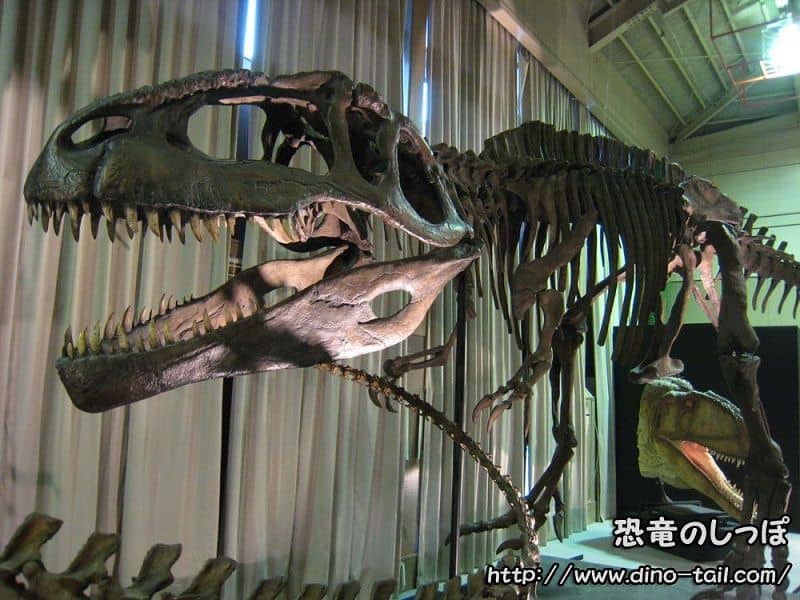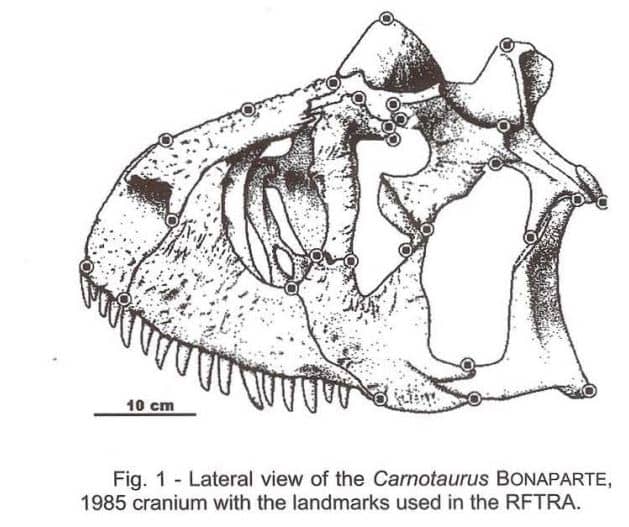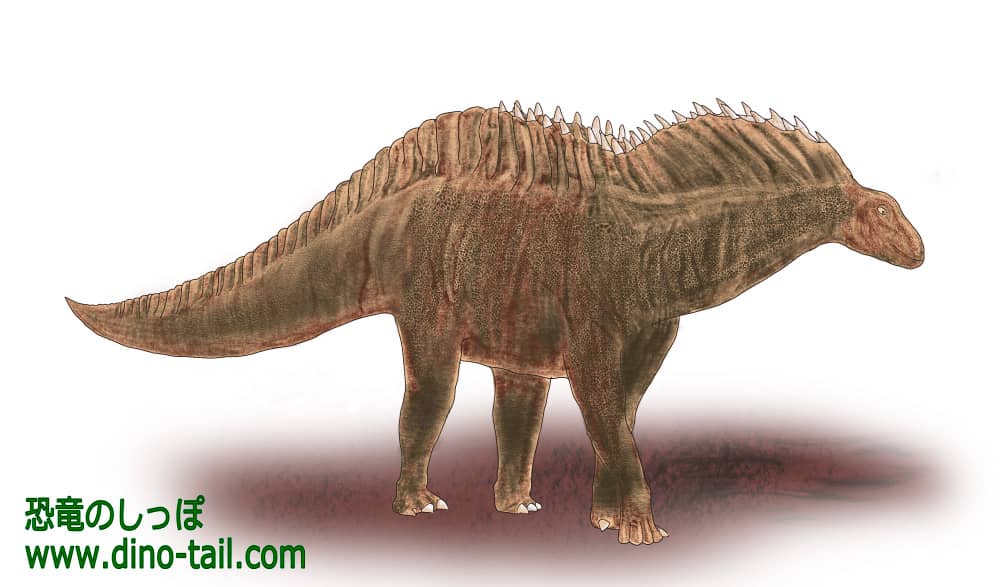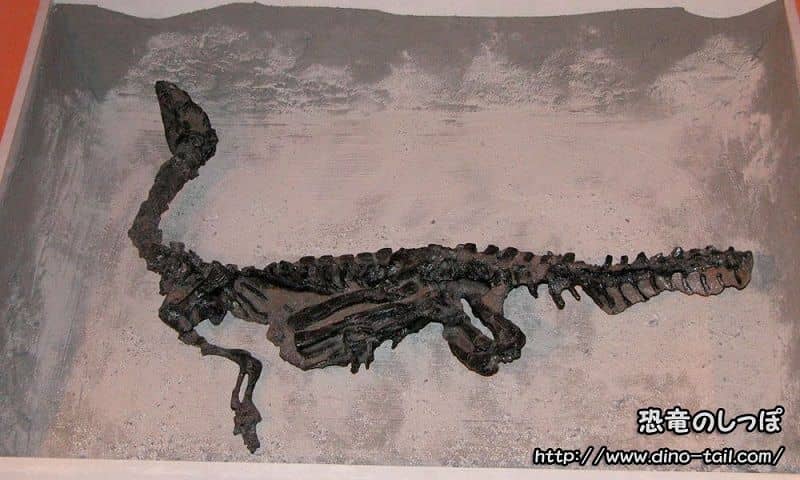Gondwana's "Lost World"
South America's Argentina, particularly the Patagonia region, is one of the world's richest areas for dinosaur fossils. Why has this land become such a "dinosaur treasure trove"?
One answer lies in Argentina's geology and environment. Mesozoic strata (especially from the Late Triassic to the Late Cretaceous) are widely exposed in the Patagonia region, and weathering has made fossils relatively easy to find. For example, the "Ischigualasto Provincial Park (Valley of the Moon)" in San Juan Province, where Late Triassic strata are exposed, is world-famous for yielding some of the oldest dinosaur fossils, such as Eoraptor. Furthermore, super-giant dinosaurs like Argentinosaurus and Giganotosaurus have been discovered in the "Candeleros Formation" and "Huincul Formation" in Neuquén Province from the Late Cretaceous.
Another reason is the continental arrangement during the Mesozoic Era. At that time, South America was part of a supercontinent called "Gondwana," connected to Africa, Australia, Antarctica, and India. Although Gondwana eventually began to break apart, it remained separated from the northern hemisphere's "Laurasia" (present-day North America and Eurasia) for a long time. As a result, southern hemisphere dinosaurs underwent a unique evolutionary path, different from their northern counterparts.
When dinosaurs lived, these regions were not the dry badlands they are today. They were warm, humid lands with rich river systems and vast forests. This environment is thought to have supported the prosperity of giant herbivorous dinosaurs and the large carnivores that preyed on them.
The fossils discovered in Argentina teach us about the unique ecosystem of this "lost world" of Gondwana.
Representative Giant Dinosaurs of Argentina
Argentina is known for the discovery of many particularly enormous dinosaurs. Here are some of the most representative ones.
Argentinosaurus

Its estimated total length is about 30-35 meters (98-115 ft), and its estimated weight is thought to reach 65-80 tons.
Giganotosaurus

This is one of the largest carnivorous dinosaurs (theropods) in history, living in the same time and region as Argentinosaurus. Its total length reached about 13 meters (43 ft), rivaling or even surpassing the size of Tyrannosaurus rex.
There is a theory that Giganotosaurus may have hunted giant prey like Argentinosaurus in packs.
Carnotaurus

Carnotaurus was an abelisaurid carnivorous dinosaur that lived in the Late Cretaceous. As its name, meaning "meat-eating bull," suggests, its most prominent feature is the large horns above its eyes.
With a total length of about 8 meters (26 ft), it had extremely short arms and long legs suited for swift running. It was a unique theropod that thrived in the southern hemisphere of Gondwana.
Patagotitan
Formally named in 2017, this is a super-giant sauropod that may rival or even exceed Argentinosaurus.
Its estimated total length is about 37 meters (121 ft) and its estimated weight is about 69 tons, astonishing the world with its sheer size. It lived in the Cretaceous period.
Amargasaurus

Amargasaurus is a species of sauropod dinosaur that lived during the Early Cretaceous period.
While its total length was about 10 meters, making it smaller than dinosaurs like Argentinosaurus, its most prominent feature was the two rows of very long, sharp spines running along its neck and back. Whether these spines were covered in skin, forming a sail, or were exposed like horns for defense is still a subject of debate.
Megaraptor
Megaraptor was a large carnivorous dinosaur that lived during the Late Cretaceous period. True to its name, meaning "giant plunderer," its most distinctive feature was a massive claw on its hand, exceeding 30 cm in length.
It was initially thought to be a member of the Dromaeosauridae (raptor) family, with this claw on its foot, but later research revealed it was on its hand. Reaching a total length of about 8-9 meters, it is considered to have been a different type of hunter than Giganotosaurus.
The Oldest Dinosaurs Also from Argentina
Argentina yields not only giant dinosaurs but also fossils crucial for understanding the dawn of the dinosaur age.

"Eoraptor," discovered in Late Triassic strata (about 231 million years ago), is considered one of the world's earliest dinosaurs.
It was small, with a total length of about 1 meter (3.3 ft), and is presumed to have been a bipedal omnivore.
"Mussaurus" was also discovered in the Late Triassic of Argentina. As its name, meaning "mouse lizard," suggests, it is famous for its very small juvenile fossils. However, it is thought to have been an early sauropodomorph (ancestral group of large herbivorous dinosaurs) that grew to about 3 meters (10 ft) in length.
Thus, Argentina is truly a "lost world" where precious fossils covering the entire history of dinosaur evolution—from the early days to the end of the Cretaceous when super-giants roamed—are preserved.
Rulers of the Argentine Skies
Argentina is also rich in fossils of pterosaurs, which dominated the Mesozoic skies, not just land-dwelling dinosaurs. These are essential for understanding the aerial ecosystem of Gondwana.
Thanatosdrakon
Announced in 2022, "Thanatosdrakon amaru" ("dragon of death") lived in the Late Cretaceous (about 86 million years ago) and is one of the largest azhdarchid pterosaurs discovered in South America.
Pterodaustro

Pterodaustro lived in the Early Cretaceous and is known for its bizarre appearance. Its most striking feature is the thousands of long, thin teeth in its lower jaw, resembling whale baleen or a flamingo's bill.
